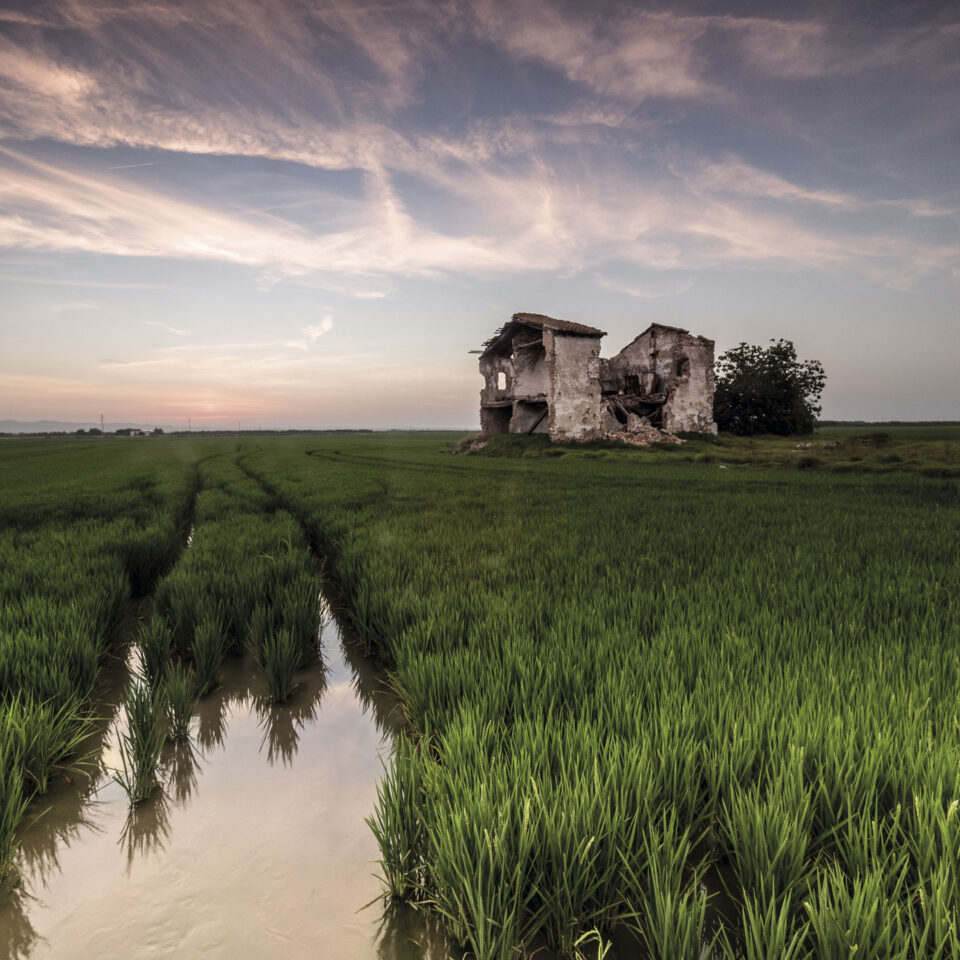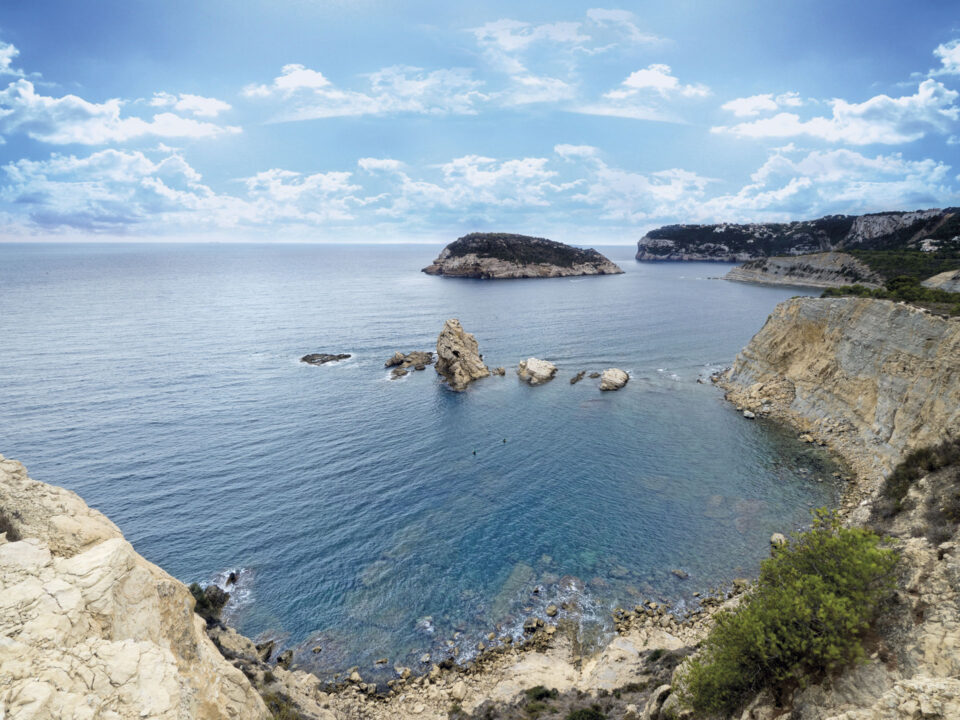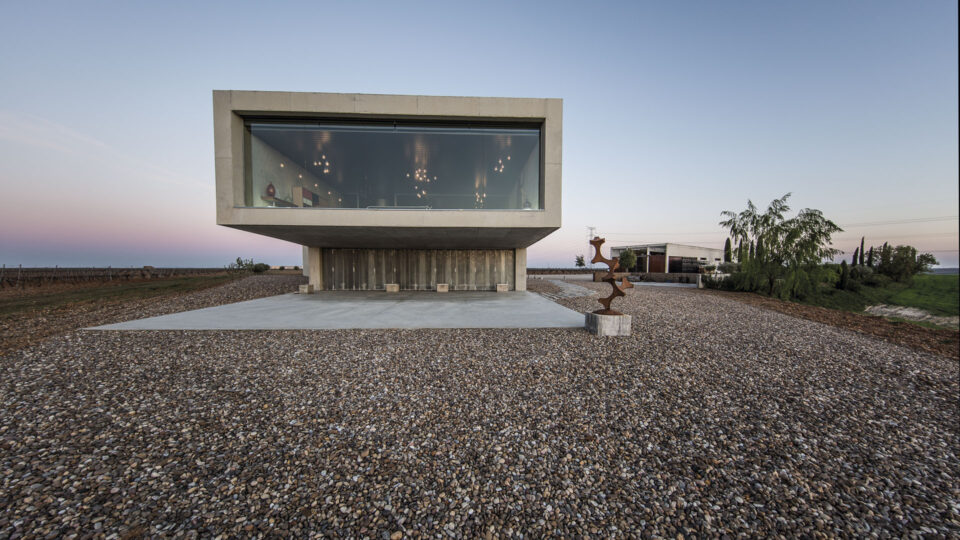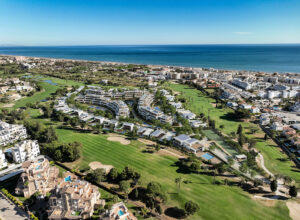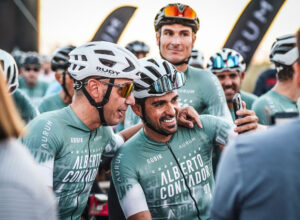In the Marjal de Pego-Oliva, the variety rice “bombón” is collected again. Valencian rice is grown in flood zones in a natural way, in very loamy soils and through ancestral arts.
Interest in the most popular dish in Spanish cuisine has recently grown and it can be measured through the curiosity aroused on the internet. The paella is the 4th most-wanted dish in the world, after pizza, sushi and risotto, according to research made by Original Paella, a company created with the aim of spreading worldwide everything you need to cook it. They receive about 8 million searches per year.
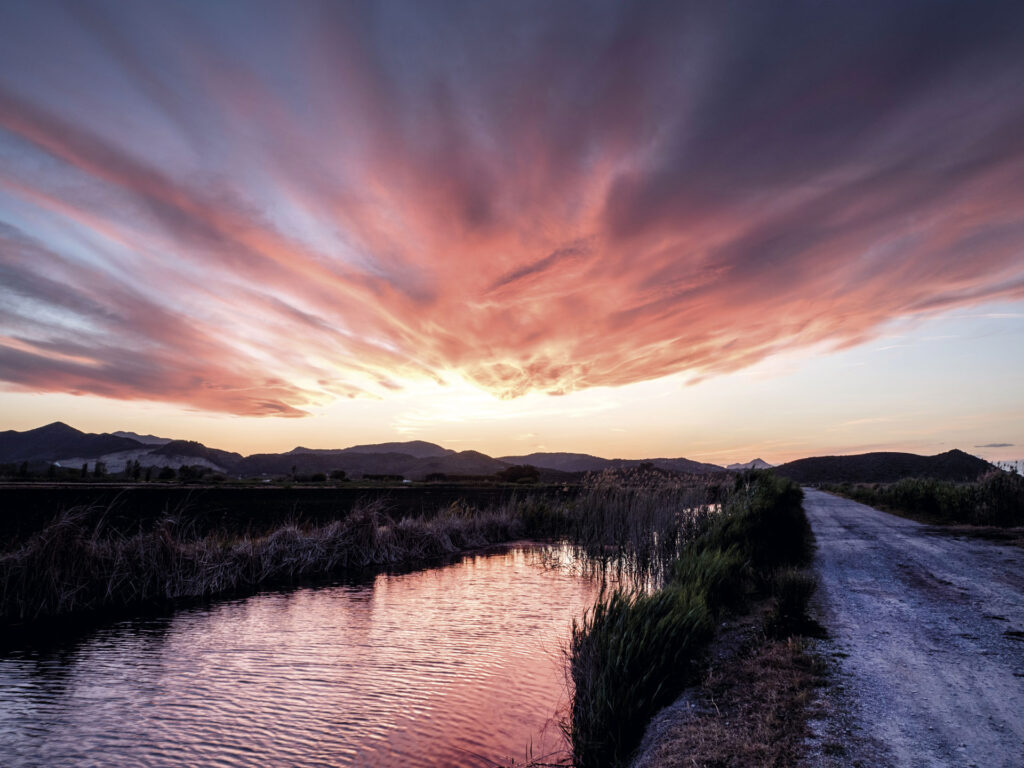
The fascination with paella is not new. During the 60s and 70s, the tourists who started arriving in overwhelming numbers to the east coast of Spain were already trapped by this characteristic way of cooking rice: dry but juicy, whole grain and tasty. This is the main objective. Otherwise, the paella proves a failure. Talking about its ingredients is a matter of greater depth, but it has the most universalised Spanish dish has lost its essence because of an avalanche of success. Paella is one thing and the other is “rice with stuff”. Paella is a sacred matter for the people of Valencia. A couple of years ago, the well-known British cook Jamie Oliver thought about including chorizo in his personal version of a paella. This provoked a huge wave of criticism, jokes and he even was threatened with death via Twitter. Something similar has happened to him with the Neapolitan pizza, but on a larger scale. It’s not a petty matter.
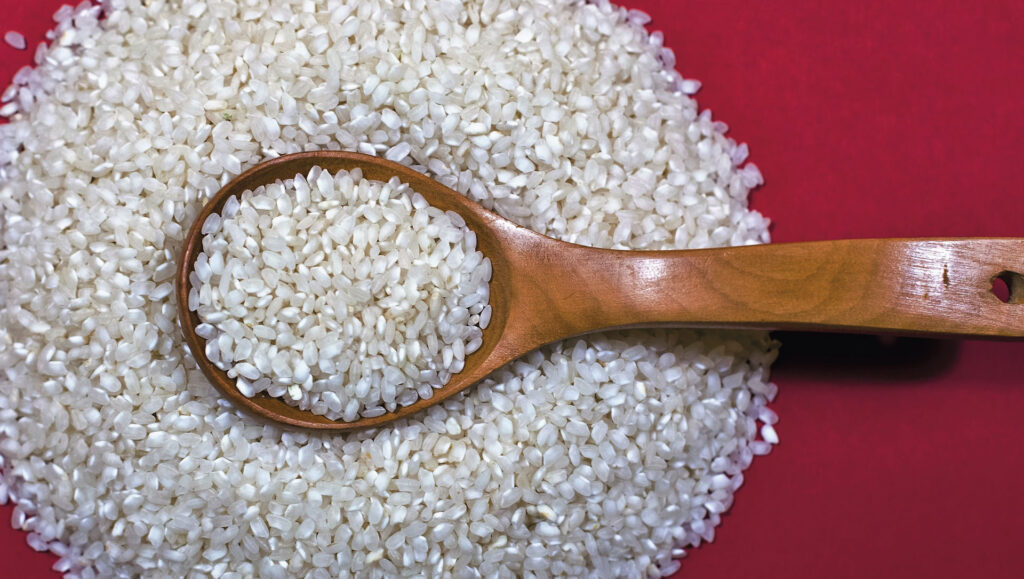
Since before the conquest of Valencia in 1238, there is documentary evidence about rice growing in the Valencian Community. Knowledge accumulated over eight centuries and maintained by generations of growers to conform the rice culture. It is intrinsically linked to the gastronomy of Valencia, which offers over 500 different rice dishes: dry, creamy and soupy. Paella is the base of the pyramid. A Valencian cultural icon. In truth, putting the paella (plainly) on a gastronomic pedestal, towns and cities along the Comunitat Valenciana (Catellón, Valencia and Alicante) offer the best and widest range of rice dishes possible: a banda, black, del senyoret, with rabbit and snails, with crust, with duck, with lobster, with loin and vegetables…and we could go on almost to infinity or even beyond.
Rice is cultivated in the Albufera and its surroundings, the lagoon in Valencia which has been declared nature reserve because of the great variety of flora and fauna and it is also considered as the global epicentre of the paella, from the arrival of the Arabs in the 8th century. Rice is also cultivated in the Pego-Oliva Wetland Natural Park. These are two perfect locations to explain the process applied to a grain of rice from the field to the table. First, the variations best adapted to tradition: bomba, albufera and senia. The stickiness of the grain in the mouth is a decisive parameter, as well as its degree of cooking.
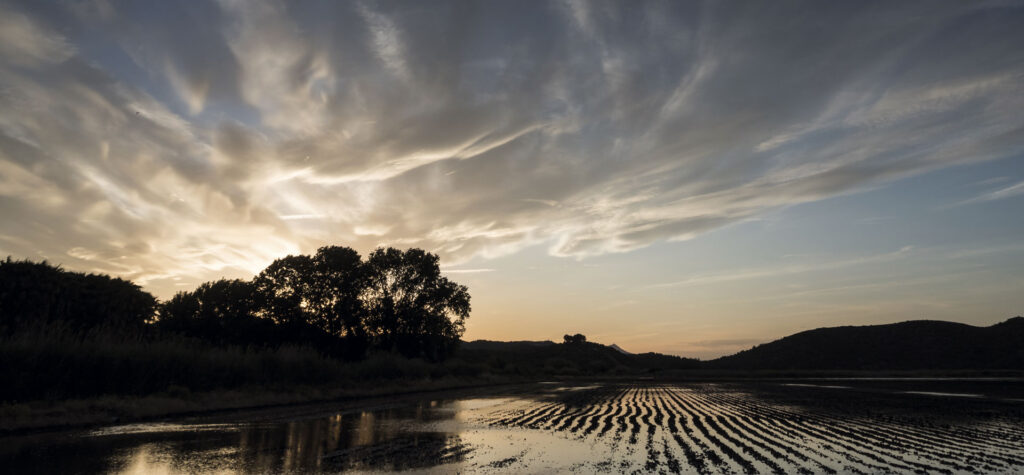
In the Pego-Oliva Wetland, specifically in the area of the wetland which covers the municipal boundaries of Oliva too, growers have recovered the traditional variety known as bombón, even better than the great variety bomba rice. It was declared a Natural Park in 1994 and it originated from the clogging of an ancient bay. During the 60s, a group of rice farmers grew an exclusive rice variation thanks to the climatic and topographical conditions of the area: milder temperatures than in other rice regions, rich lands that require practically no fertiliser, the crystal-clear water from the Bullent and Racons rivers, and the harvesting and artisan selection of rice.
The different variations of rice grown in both natural parks meet all the requirements which are not found elsewhere in the area: they are permanently flooded, the climate, the great wealth of the land and the ancestral traditions used by the Valencian growers’ generation after generation. These facts turn both natural parks into two of the best places in the world where to grow rice.
Every grain of rice is selected according to a homogenisation in quality and size. This is the key to get a uniform cooking of the rice and, thus, guarantee good results. Different rice variations are neither mixed, nor rice is mixed with rice from another geographical area which doesn’t certify the optimum quality for the authentic Valencia paella. This rice is gourmet food and that’s why the use of pesticides is strictly controlled by the current rules and regulations which protect the balance of the natural park and the growing methods, together with the Board of the Qualified Certificate of Origin “Arròs de València”.
According to the experts, the paella appeared out of the rural areas of Valencia, between the 15th and the 16th centuries, because of the peasants and the shepherds’ need of having an easy to prepare a meal, with all the ingredients they had in their lands. They always ate it in the evening. From its origins, the ingredients were birds, rabbits or hares, fresh vegetables from the land, rice, saffron, and olive oil, mixed in the paella pan with water and orange tree branches. Everything was slow cooked. The pan is named paella after the Latin word patella.
Making a paella is quite a ritual in Valencia. It stands on ceremony. The cook goes for the broke more and more. The million-dollar question is: what is the real recipe for the Valencian paella? It depends on the area. The paella in the area of the Albufera is made with chicken, rabbit, beans, green beans, garlic, pepper, and tomato. Although there is only one Valencian paella, an endless number of rice dishes also respect the tradition. In Denia, for example, it is not made with chicken or rabbit, but with meatballs. They also add peppers. In Alicante, it is of a reddish colour and the way of making paella is different: they stir-fry the rice. It is inconceivable in Valencia.
There are as many different rice dishes as regions in the Valencian Community. The thing is that paella and rice are considered as different dishes. General rules and tradition do not allow to mix meat and fish. Thus, the mixed paella is like a profanation

THE MOST RECOMMENDED RICE RESTAURANTS
OLIVA
- Aura
C.C. Oliva Nova, Oliva (Valencia), 96 110 49 49
- El Olivo
Hotel Oliva Nova, Oliva (Valencia), 962 857 600
- The Golf Club
Club de Golf Oliva Nova, Oliva (Valencia), 96 285 79 51
CULLERA
- Casa Salvador
Avda. de l’Estany, s/, Cullera (Valencia), 96 172 01 36
- El Rincón del Faro
Ciutats Unides, 1, Cullera (Valencia), 96 172 45 63
EL PALMAR
- L’Establiment
Camino de l´Estell, s/n, El Palmar (Valencia), 96 162 01 00
- Restaurante Bon Aire (mejor paella 2018)
Caudete, 41 El Palmar (Valencia), 96 162 03 10
EL PERELLONET
- Restaurante Blayet
Av. de las Gaviotas, 17, El Perellonet (Valencia), 96 177 71 84
EL SALER
- Casa Carmina
Embarcadero, 4, El Saler (Valencia), 96 183 02 54
- Duna
Paseo Pintor Francisco Lozano, s/n (módulo 3), El Saler (Valencia), 96 183 04 90
- L´Estibador
Paseo de la Dehesa n°3 (entrada Romualdo), El Saler (Valencia), 96 183 05 40
PINEDO
- Llar Román
Carrera del Riu, 258, Pinedo (Valencia), 96 324 89 82
- Tropical
Playa de Pinedo, 9, Pinedo (Valencia), 96 324 84 85
PINOSO
- Paco Gandía
San Francisco, 2, Pinoso (Alicante), 96 547 80 23
VALENCIA
- Casa Carmela
Isabel de Villena, 155, Valencia, 96 371 00 73
- Casa Roberto
Maestro Gozalbo, 19, Valencia, 96 395 13 61
- Llisa Negra
Pascual y Genís, 10, Valencia, 96 394 60 79
- Merkato
Mestre Racional, 11, Valencia, 96 147 42 58
- Palace Fesol
Hernán Cortés, 7, Valencia, 96 352 93 23
